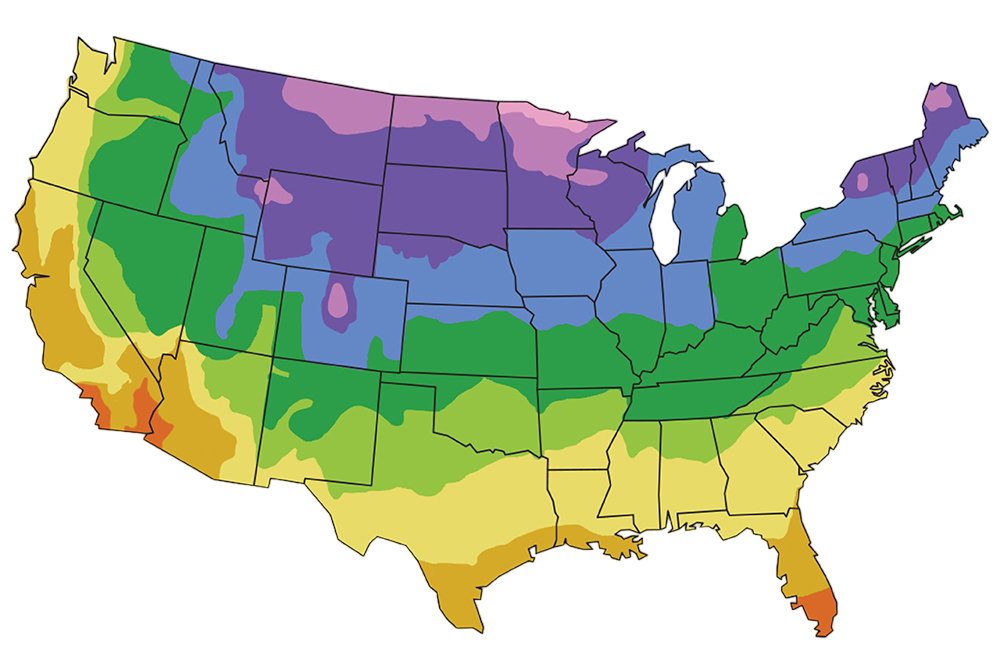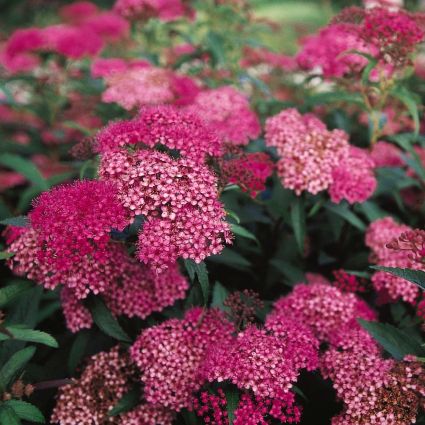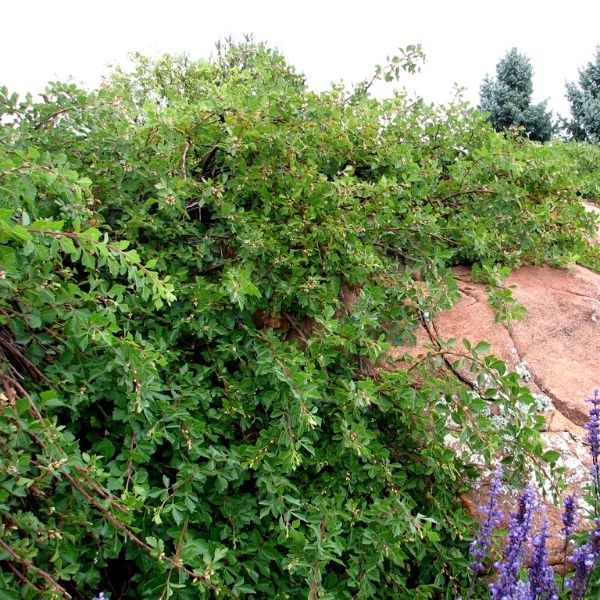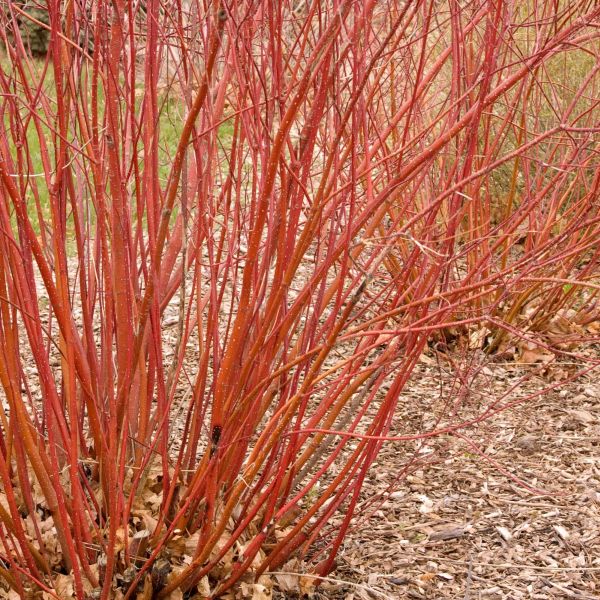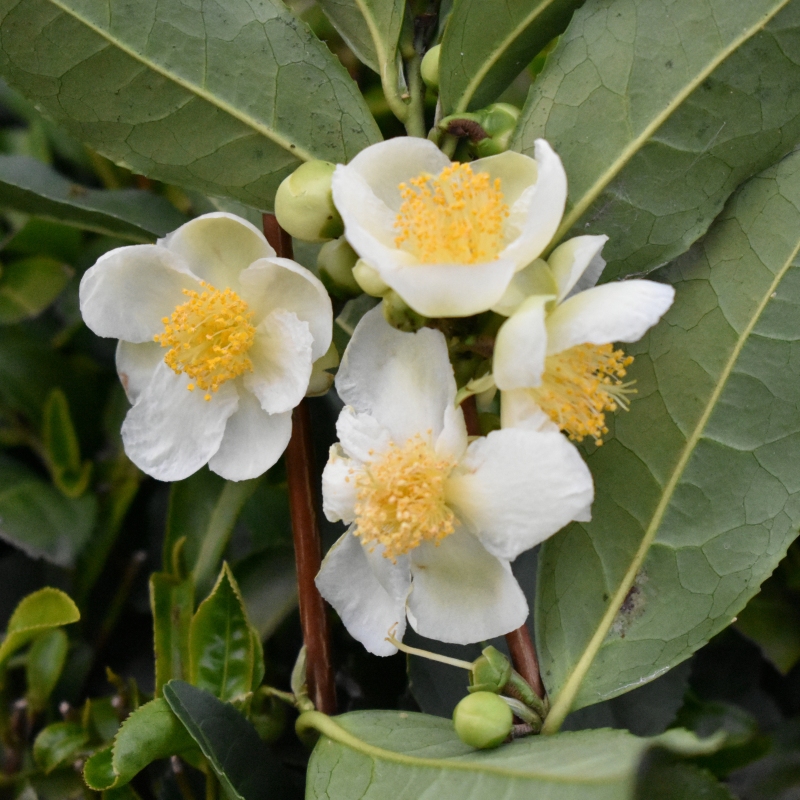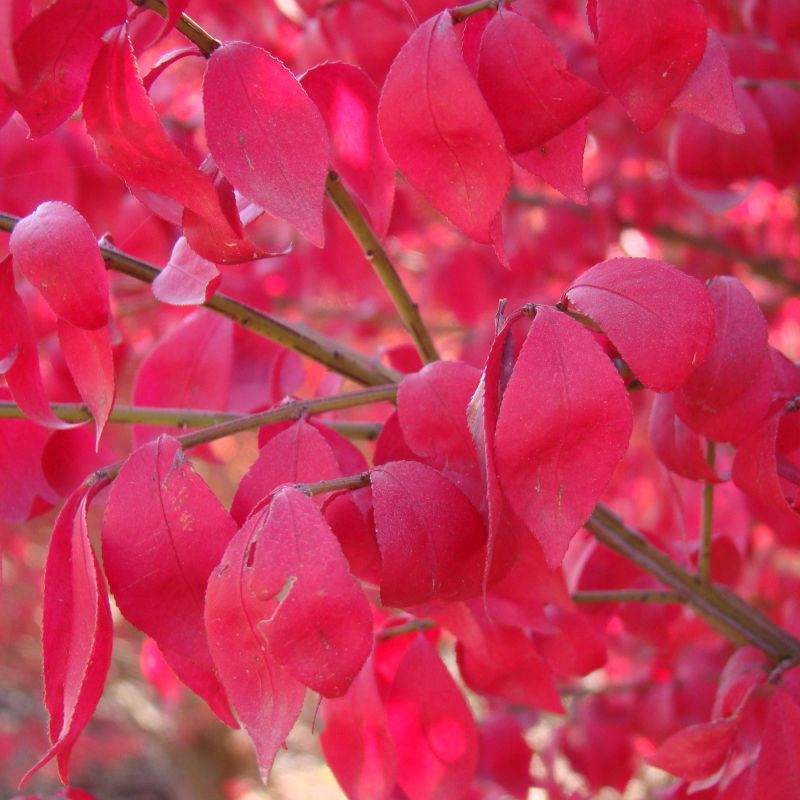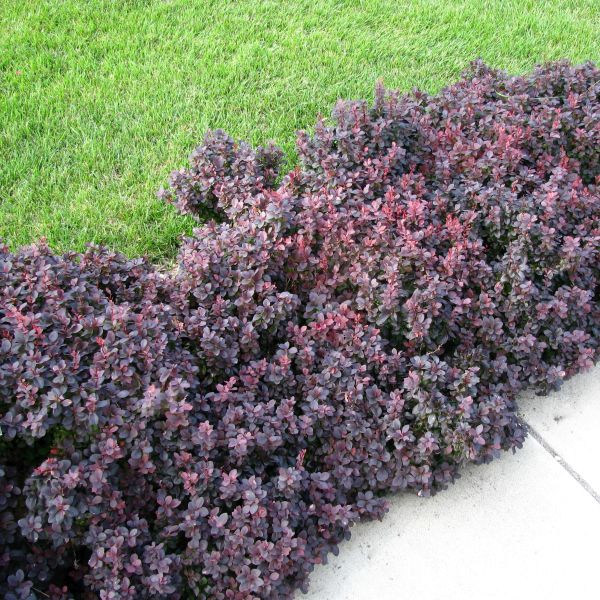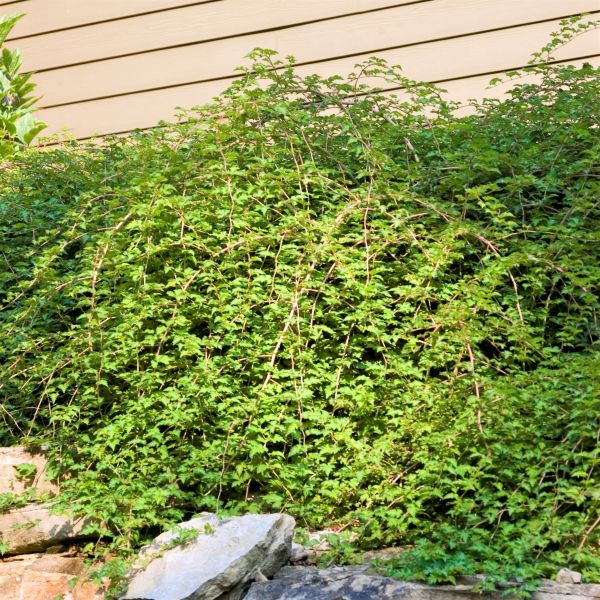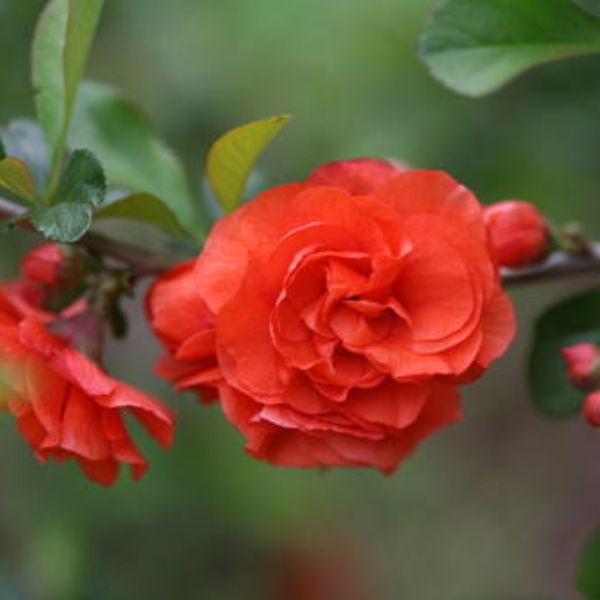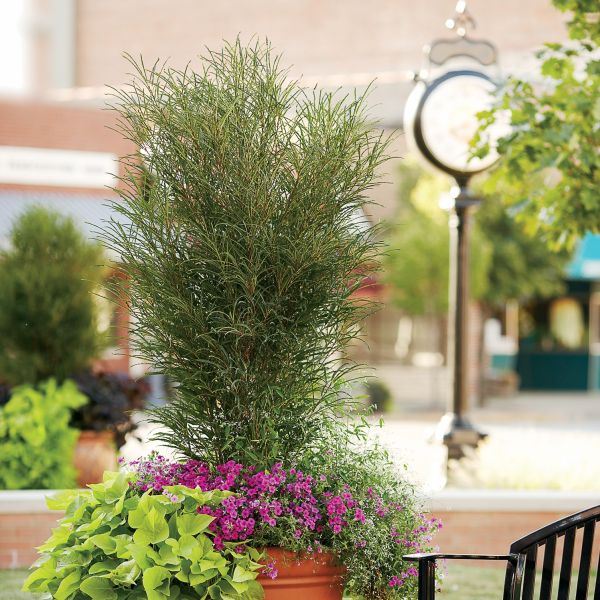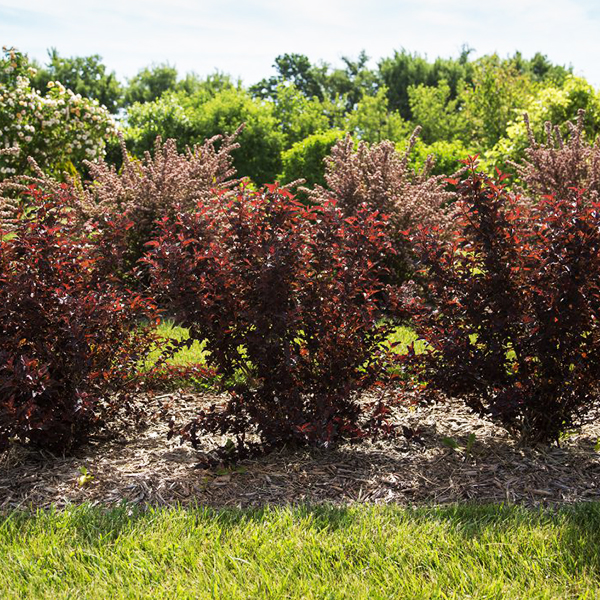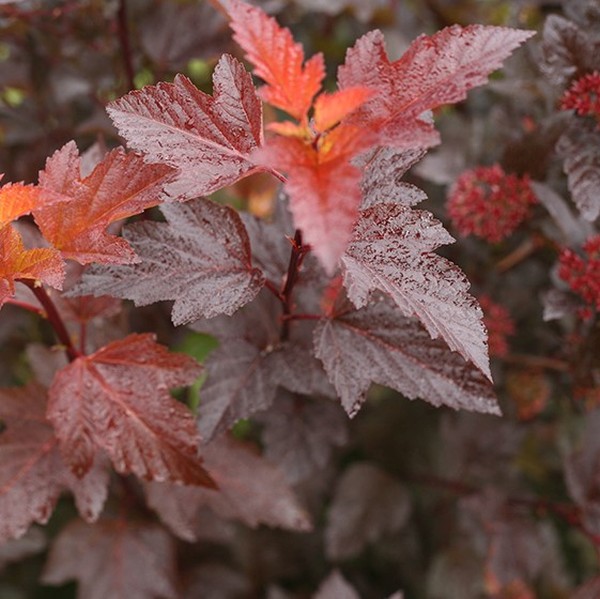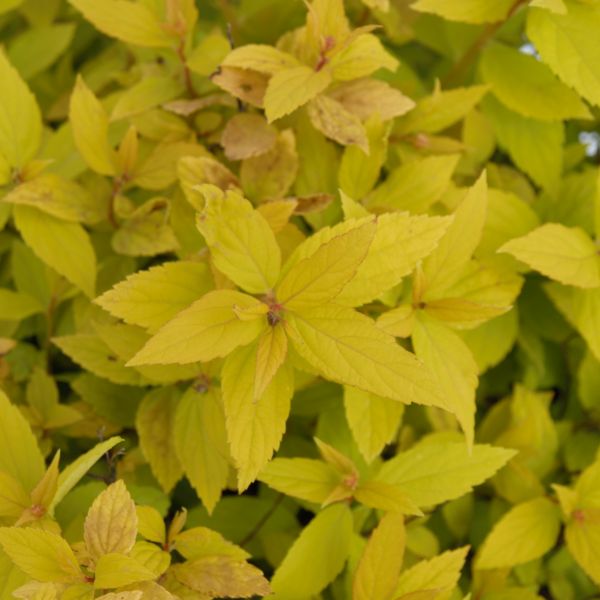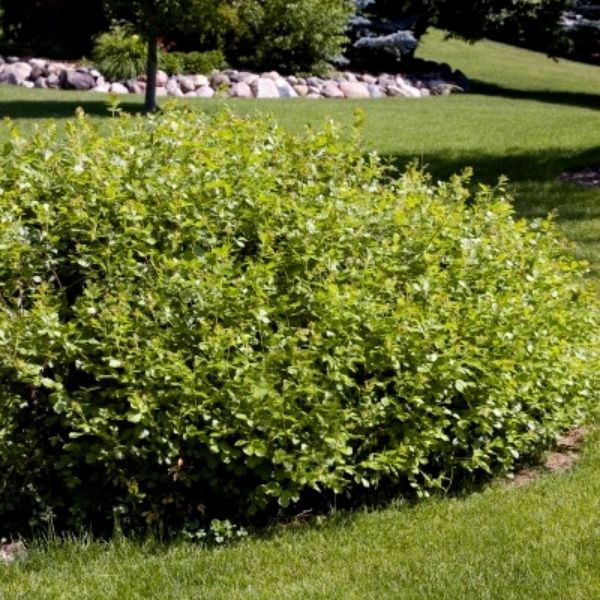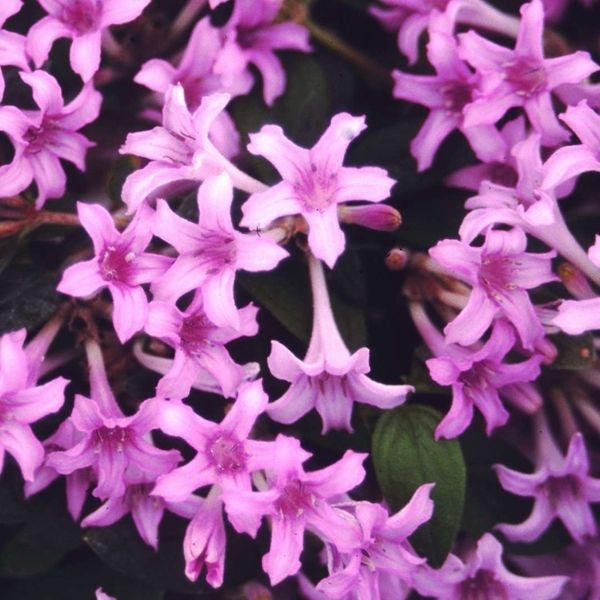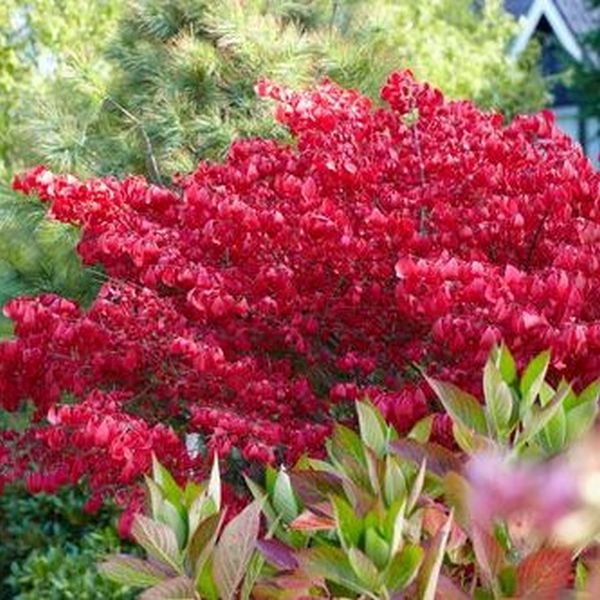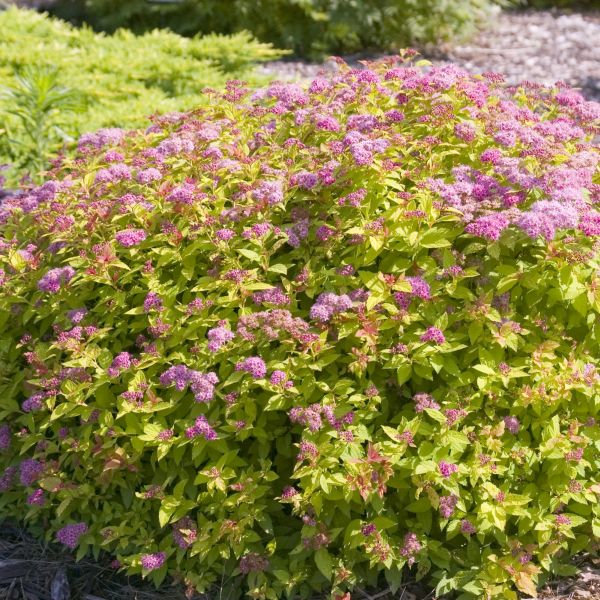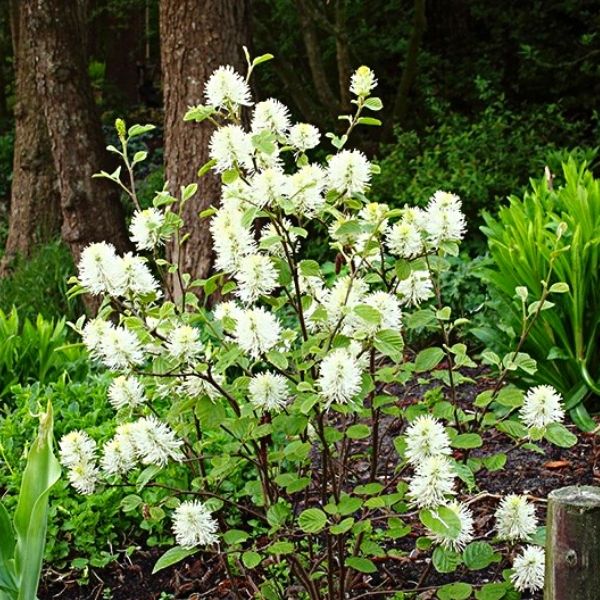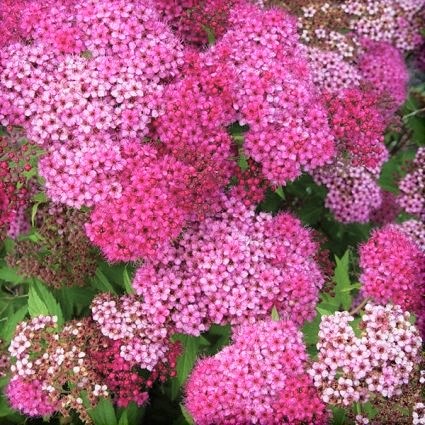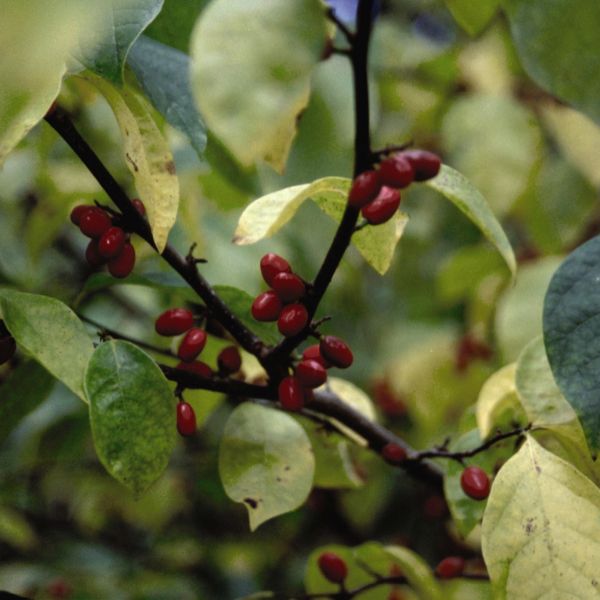

Spice Bush
Lindera benzoin
41 reviews
Spice Bush
Lindera benzoin
41 reviews
- Attracts butterflies and other pollinators to your garden
- Provides a pop of bright red color in the fall with its berries
- Tolerant of a variety of soil types and growing conditions
- Recommended by landscape designers for optimal fit in real yards
$91.00
$130.00
30% Off
- Ships to in 3 to 7 days
- Free Shipping Over $150
- Plant Arrival Guarantee
- In Stock
- Free Plant Consult
$200 - Landscape-Approved: Every Plant We Sell Comes With Design Expertise Behind It
- 1.5 Gallon
Not just beautiful - intentionally selected by ShrubHub's 3D landscape design team to fit real-world spaces and maximize yard potential.
Why Spice Bush?
Spice bush, also known as Lindera benzoin, is a deciduous shrub native to North America. It is valued for its aromatic leaves and bright red berries that are favored by birds. In addition to being a popular ornamental plant, spice bush has medicinal properties and is used in traditional herbal medicine to treat various ailments. It is also an important food source for wildlife.
People who loved this plant also bought
Sunlight
Spice Bush prefers partial to full shade but can tolerate some sunlight. It will grow best in dappled sunlight or morning sun with afternoon shade. Too much direct sunlight can lead to leaf burn and stunted growth.
Watering
Spice Bush (Lindera benzoin) requires consistently moist soil, especially during the first few years of growth. It is important to water the plant regularly, especially during dry periods, to ensure healthy growth and development. Overwatering should be av
Fertilizing
Spice bushes have moderate fertilizer requirements. A balanced, slow-release fertilizer can be applied in the spring before new growth begins. Avoid excessive nitrogen as it can promote excessive foliage growth at the expense of flowering and fruit product
Spice Bush (Lindera benzoin)
Spice Bush, also known as Lindera benzoin, is a deciduous shrub native to North America. It is a versatile plant that provides both ornamental beauty and practical uses in the landscape.
Features:
- Clusters of tiny yellow flowers in early spring before leaves appear
- Dark green, aromatic foliage that turns vibrant shades of yellow and red in the fall
- Small, red berries that provide food for birds and wildlife
- Grows in a rounded shape, reaching heights of 6-12 feet
- Tolerant of a wide range of soil conditions and can thrive in both sun and partial shade
Uses:
Spice Bush is commonly used in landscaping for its attractive appearance and ability to attract wildlife. It can be planted as a border plant, in naturalized areas, or as a specimen plant. The aromatic leaves can be used to make herbal teas, and the berries can be used in cooking.
Care:
Spice Bush is relatively low-maintenance and does not require heavy pruning. It benefits from regular watering, especially during dry spells. Plant in a location with good drainage to prevent root rot. Fertilize in the spring with a balanced fertilizer to promote healthy growth.
Overall, Spice Bush is a versatile shrub that adds beauty and functionality to any landscape. Its early spring flowers, vibrant fall foliage, and wildlife-attracting berries make it a valuable addition to gardens and natural areas.
Plant Information:
| Botanical Name: | Lindera benzoin |
| USDA Zones: | 4 - 9 |
| Water: | Moderate to Moist |
| Exposure: | Full Sun |
| Soil Needs: | Well Drained |
| Mature Height: | 6 - 12 feet |
| Mature Spread: | 6 - 12 feet |
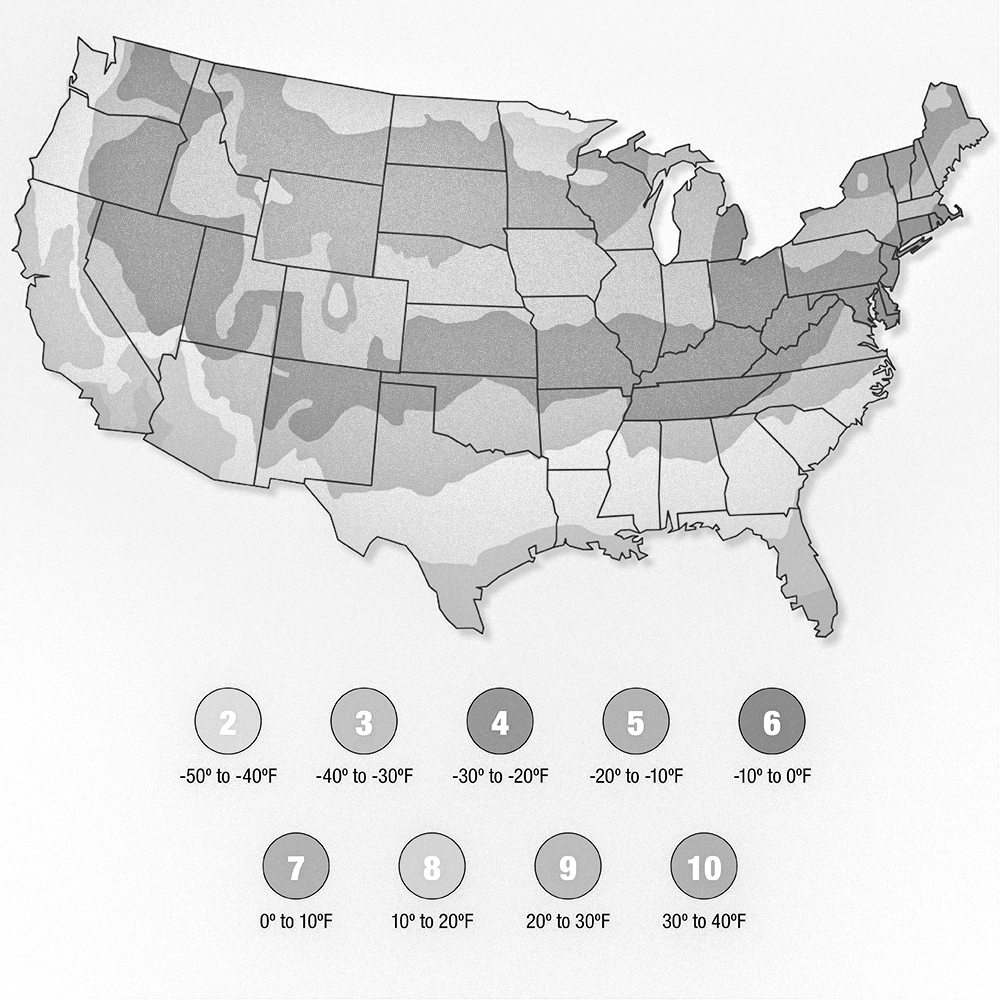




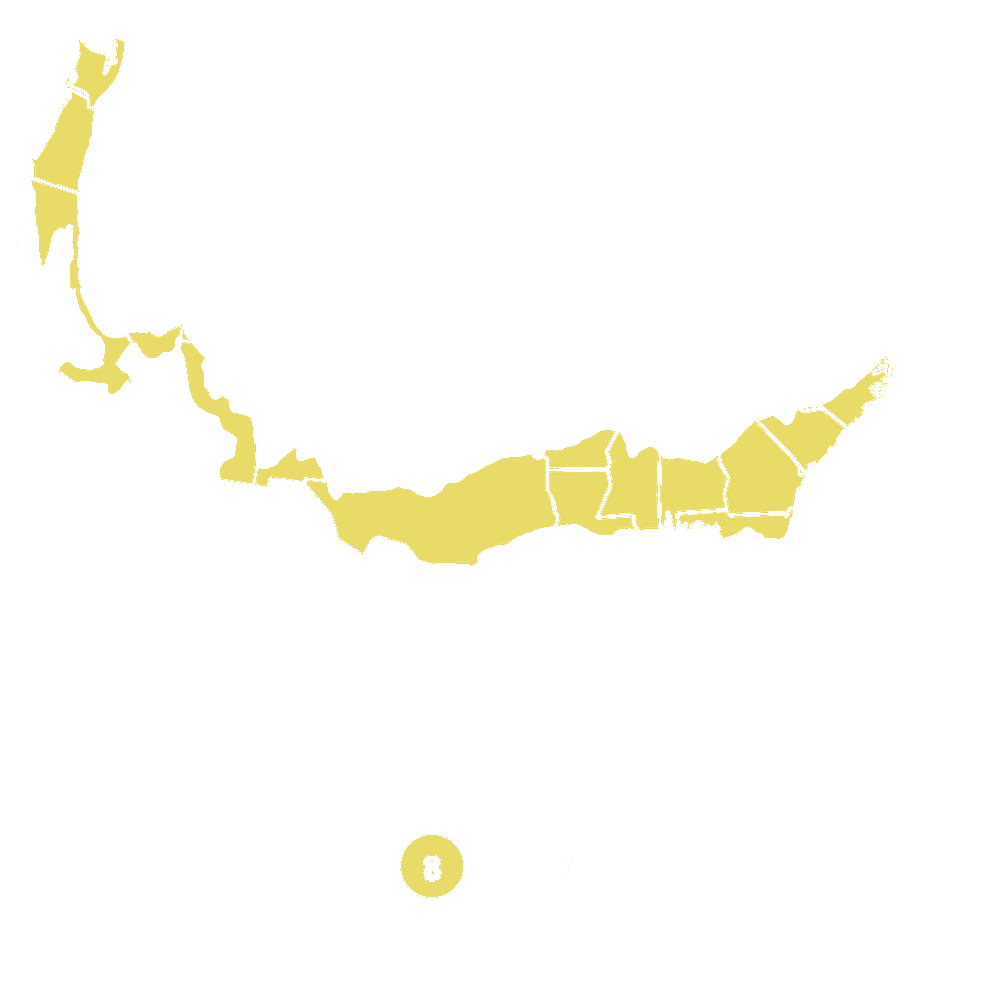

Pollination Info
Pollination Info for Spice Bush (Lindera benzoin)
Spice bush (Lindera benzoin) is a deciduous shrub native to eastern North America. It produces small, fragrant yellow flowers in early spring before the leaves emerge.
Spice bush is dioecious, meaning individual plants are either male or female. The male plants produce clusters of small yellow flowers that attract pollinators such as bees and butterflies. The female plants produce small, shiny red berries that are attractive to birds.
For cross-pollination to occur, it is necessary to have both male and female plants in close proximity. Bees are the primary pollinators of spice bush, as they collect nectar and pollen from the flowers while inadvertently transferring pollen between plants.
Overall, spice bush is an important plant for wildlife, providing food for birds and attracting pollinators to the garden.
FAQ
Spice Bush (Lindera benzoin) FAQ
What is Spice Bush?
Spice Bush (Lindera benzoin) is a deciduous shrub native to North America. It is known for its aromatic leaves and bright red berries that are often used in cooking and herbal medicine.
How tall does Spice Bush grow?
Spice Bush can grow up to 6-12 feet tall and wide, depending on the growing conditions and care.
What are the growing conditions for Spice Bush?
Spice Bush thrives in moist, well-drained soil and prefers partial shade to full sun. It is tolerant of a wide range of soil types and pH levels.
When does Spice Bush bloom?
Spice Bush typically blooms in early spring, producing small yellow flowers that attract pollinators such as bees and butterflies.
How do I propagate Spice Bush?
Spice Bush can be propagated from seeds, cuttings, or by dividing the root ball. Seeds should be collected in the fall and stratified before planting in the spring.
Is Spice Bush deer resistant?
Yes, Spice Bush is considered deer resistant due to its aromatic leaves that deer tend to avoid.
Can I use Spice Bush berries in cooking?
Yes, Spice Bush berries have a citrusy flavor and can be used as a substitute for allspice in cooking and baking. They are also used to make teas and infusions.
Is Spice Bush a good plant for wildlife?
Yes, Spice Bush is a valuable plant for wildlife as it provides food and shelter for birds, butterflies, and other pollinators.
How do I care for Spice Bush?
Spice Bush requires minimal care once established. Regular watering, mulching, and occasional pruning to maintain shape are all that is needed to keep it healthy.
Planting & Care
Planting & Care for Spice Bush (Lindera benzoin)
Planting: Spice Bush can be planted in either spring or fall. Choose a location that receives partial shade to shade, as this plant prefers some protection from the hot sun. Make sure the soil is well-draining and fertile. Dig a hole twice as wide and as deep as the plant's root ball. Place the plant in the hole and backfill with soil, pressing down gently to remove any air pockets. Water thoroughly.
Watering: Spice Bush should be watered regularly, especially during dry periods. Keep the soil consistently moist but not waterlogged. Mulch around the base of the plant to help retain moisture.
Pruning: Pruning is not necessary for Spice Bush, but you can trim back any dead or damaged branches in the spring to promote healthy growth.
Fertilizing: You can fertilize Spice Bush in the spring with a balanced, slow-release fertilizer to encourage growth. Follow the instructions on the fertilizer package for best results.
Pests & Diseases: Spice Bush is relatively resistant to pests and diseases, but keep an eye out for spider mites, scale insects, and powdery mildew. Treat any infestations promptly to prevent them from spreading.
Propagation: Spice Bush can be propagated from seeds, cuttings, or by layering. Collect seeds in the fall and plant them in a cold frame or outdoor seedbed. Cuttings can be taken in the summer and rooted in a potting mix. Layering involves burying a low-growing branch in the soil to encourage new roots to form.
By following these planting and care tips, you can enjoy a healthy and thriving Spice Bush in your garden.
Check Out These Verified Customer Reviews:
Customer Reviews
4.6 out of 5 based on 41 reviews
Thank you! Your review has been submitted.
Received the spice bush in excellent condition. It is thriving in my garden now.
Website user-friendly, easy to navigate.
Healthy plant, well-packaged.
Item has been added to your cart.

